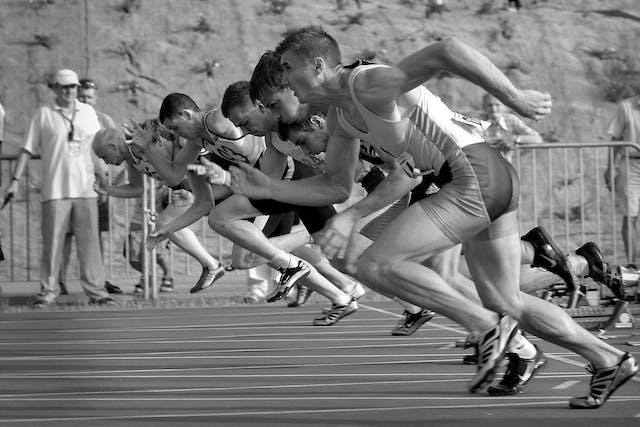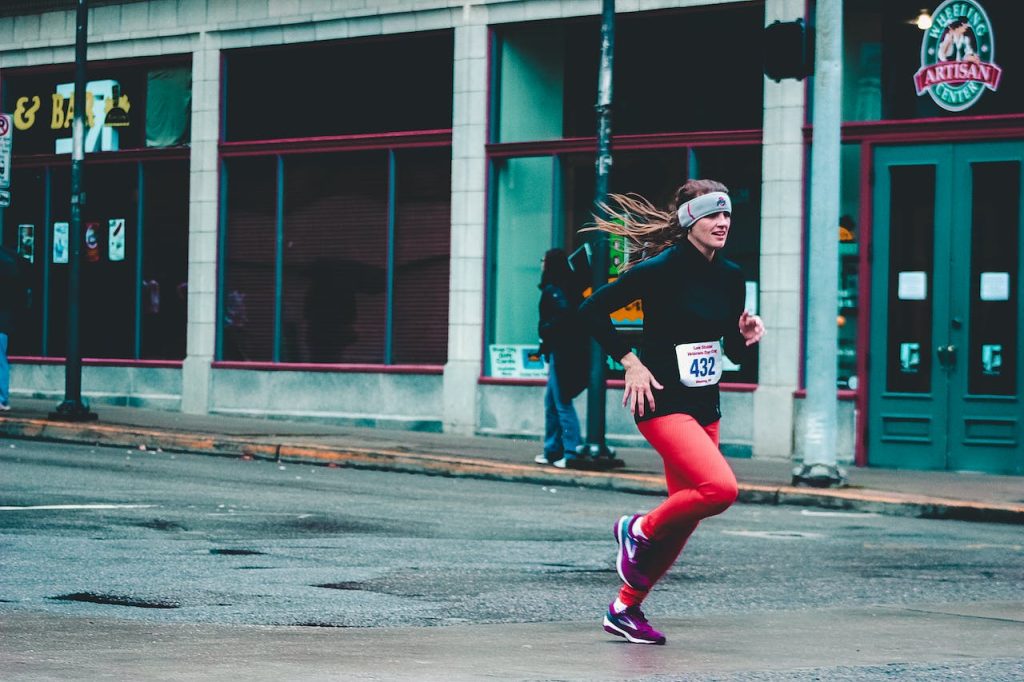Unlocking Your Running Potential: The Science of Running Form

Reading Time: 5-7 minutes
Introduction
In the quest for speed and endurance, runners often focus on training harder and longer. However, what if the key to unlocking your true potential lies not in the miles you run but in how you run them? A recent study by the University of Nevada, Las Vegas, provides compelling evidence that simple postural adjustments can significantly enhance your running form, leading to improved efficiency and reduced injury risks. Let’s dive into how a subtle change in your running posture can yield significant results.

The Study
Researchers Casey Gray, Matthew Poggemiller, and Ian Tracy embarked on a journey to understand the biomechanical impact of postural instructions on recreational runners. Their study, “Can Simple Postural Instructions Modify Running Forms in Recreational Runners,” published in UNLV’s Theses, Dissertations, Professional Papers, and Capstones, focuses on the alteration of trunk angle and foot strike pattern during running. Over a 4-week training period, eighteen runners were asked to implement two simple postural cues: lean the trunk forward and land on the front part of the foot.
The Findings
The results were nothing short of remarkable. Immediately after receiving the instructions, there was a significant increase in forward trunk angle during running at both self-selected and predetermined speeds. This adjustment continued to improve over the 4-week period. Although the vertical ground reaction forces (vGRF) did not show a significant change, the increased trunk flexion angle suggests a more efficient running form, potentially reducing the risk of impact-related running injuries.
Implications for Runners
These findings are a beacon for recreational runners and professionals alike. They underscore the importance of form in enhancing performance and reducing injury risks. By focusing on a forward trunk lean and a forefoot strike, runners can potentially improve their efficiency and speed. This study also highlights the capacity for motor learning through simple postural cues, suggesting that even long-established running habits can be modified for the better.
Are you ready to transform your run? It’s not just about the miles you clock but also how you use each stride. Incorporate these findings into your training regimen and focus on your form. Remember, small changes can lead to big improvements. For personalized coaching and more insights into running science, follow @PMPRunning and join a community passionate about reaching peak performance.
Conclusion
Running is not just a physical challenge; it’s a science. As we uncover more about the biomechanics of running, we can better understand how to optimize our performance and keep our bodies healthy. Whether you’re a seasoned marathoner or a casual weekend jogger, the key to unlocking your potential might just be a matter of adjusting your form. Embrace the science, tweak your posture, and watch as you stride more efficiently towards your goals.
References: Gray, Casey; Poggemiller, Matthew; and Tracy, Ian, “Can Simple Postural Instructions Modify Running Forms in Recreational Runners” (2017). UNLV Theses, Dissertations, Professional Papers, and Capstones. 2927. http://dx.doi.org/10.34917/10983013



